Cottage in the Sky
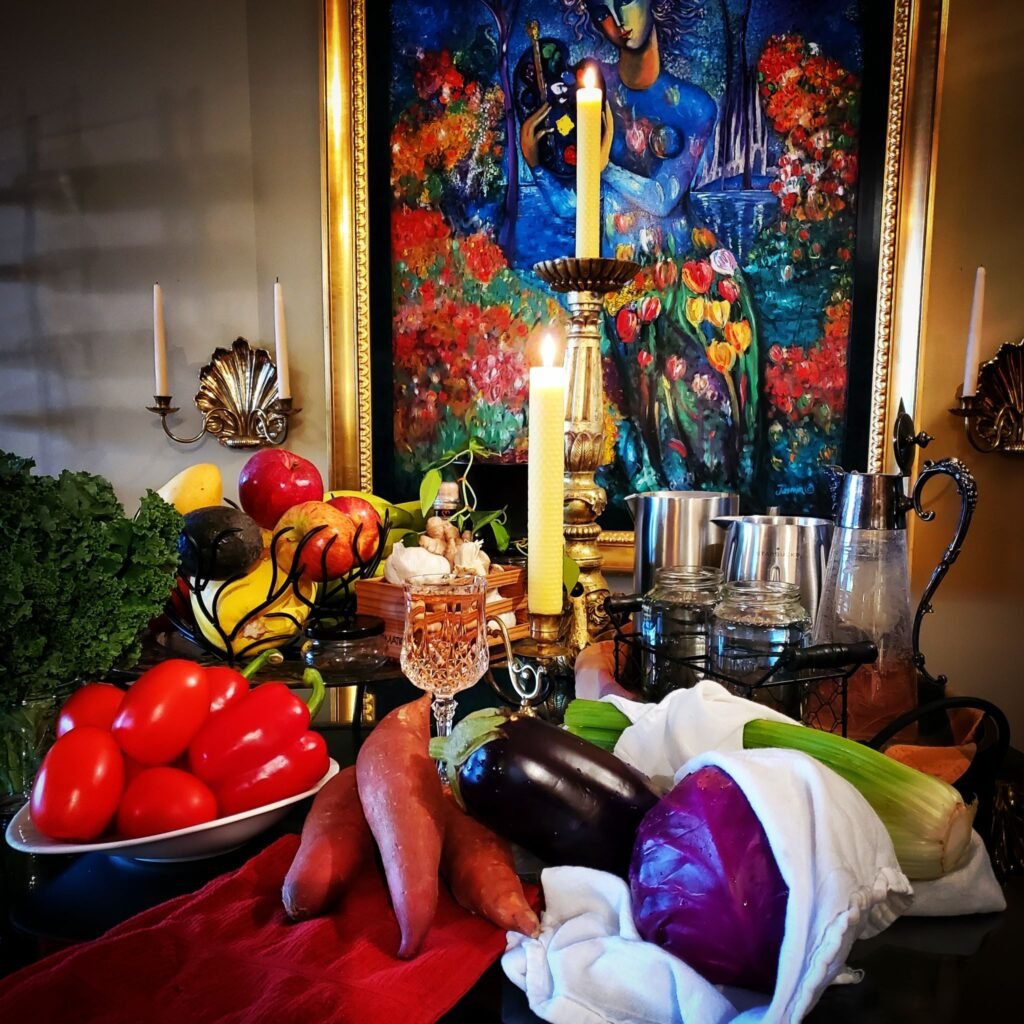
Notice the title says lifestyle instead of diet? That’s because healthy eating is a way of life!
I repeatedly hear from new clients, “I eat really well, but I can’t lose weight.” Then, with adjustments to their beliefs around food and nutrition, they change their eating habits, and start shedding pounds.
We all want to be svelte, youthful, and healthy. But achieving that is becoming more and more of a mystery.
Why?
Because eating food products (processed food) instead of whole real food results in:
- Malnutrition, causing hunger and cravings, leading to overeating and weight gain.
- Corporations making a hefty profit.
- Increasing healthcare and medication expenses.
- Recycling programs struggling to keep land-fills from choking on empty containers.
It’s that simple.
What is Whole Real Food?
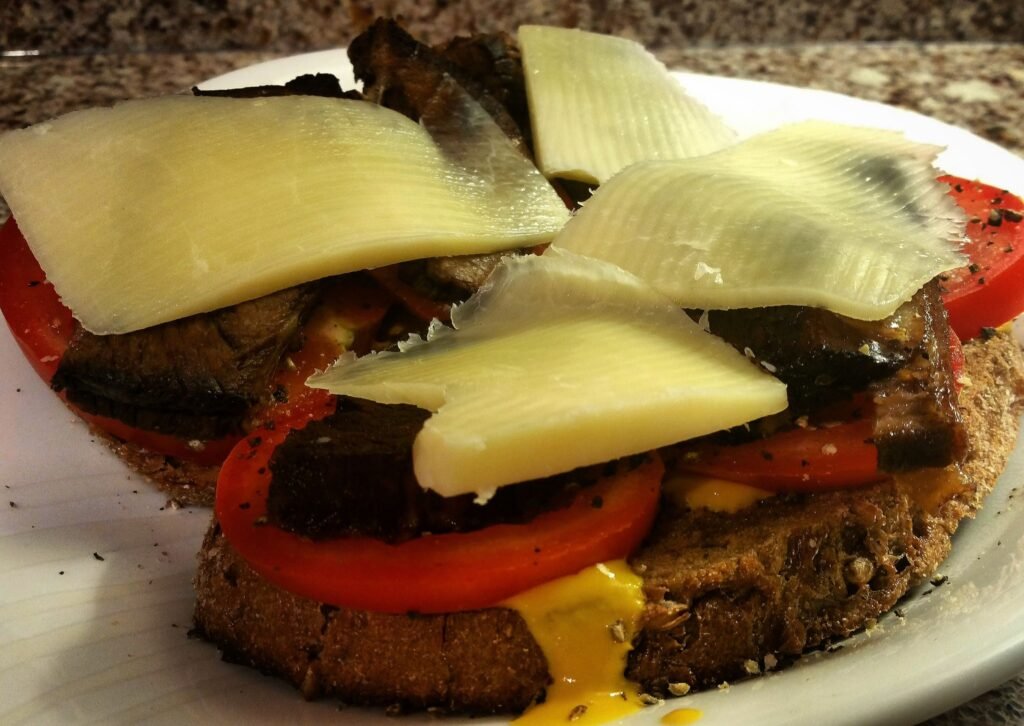
The whole real food concept is difficult for people to grasp. We can thank the media and the corporations paying for advertising. Both thrive on our confusion.
To help you understand, here’s the “whole real food” concept broken down into three truths.
(1) Real Food has Two Outstanding Characteristics
- It must be grown (created by nature).
- Our bodies carry a corresponding enzyme for digestion, nutrient extraction, and finally, elimination. (Human bodies only create enzymes to digest naturally occurring food.)
(2) Cells are Built from Nutrients
Many people think the human body burns food for energy. Not true. The human body doesn’t burn anything.
The human body is a collection of cells. Each cell needs to be either repaired or recreated. Real food is used as building materials.
The quality of a cell can only be as good as the quality of building materials, which only comes from whole real food.
Quality of Nutrients = Quality of Cells = Quality of Health
(3) Choose Food with the Most Nutrients per Calorie
When people want to lose weight, they tend to think, I want food with the least calories. A more successful approach is to think, I want food with the most nutrients per calorie!
So what is whole real food? Dr. Libby has the clearest explanation I’ve ever found!
With Whole Real Food, Assembly is Required
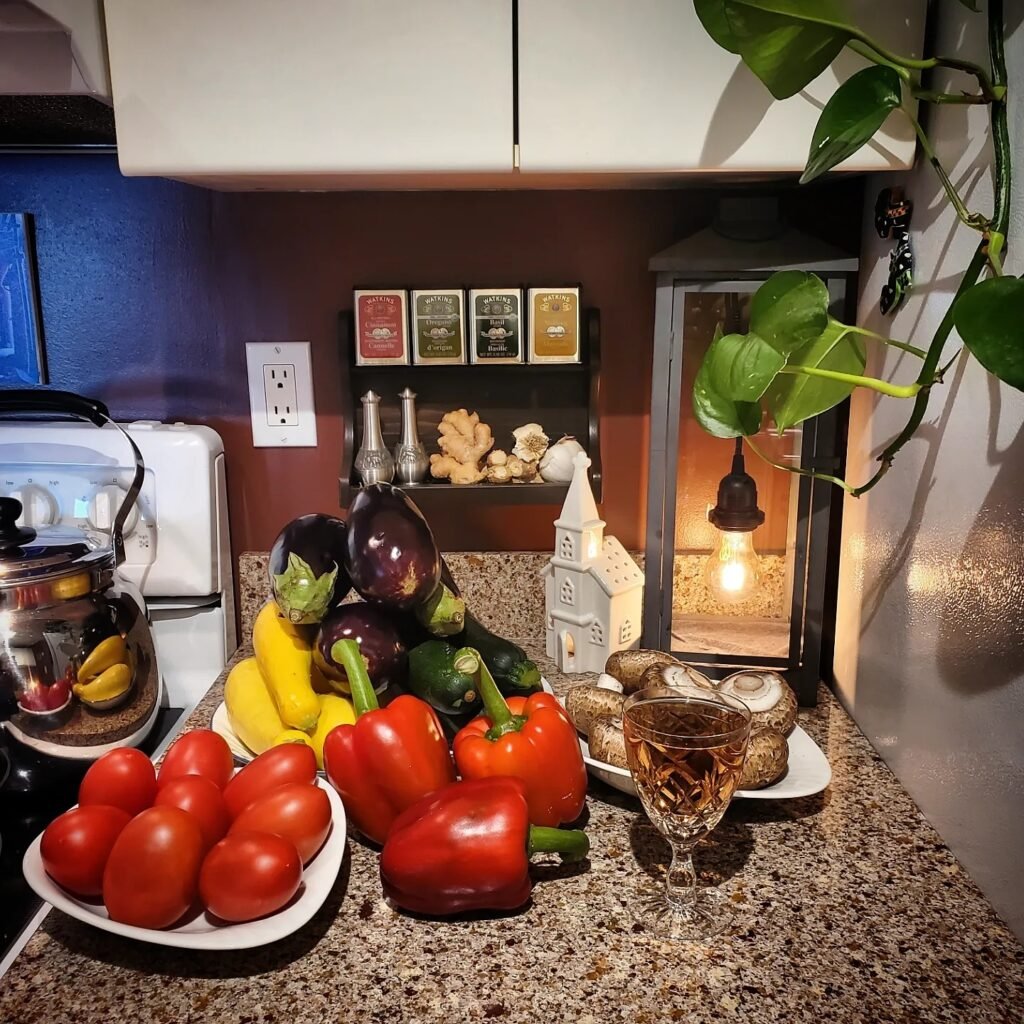
- Fruit and vegetables
- Meat and eggs
- Beans and lentils
- Milk, yogurt, cheese, and butter
- Olive oil and coconut oil
- Barley, rye, buckwheat, brown rice, and quinoa
- 100% whole grain wheat or spelt flour
- Steel-cut oats, or better yet, oat groats
- Nuts (walnuts, almonds, pecans, hazelnuts)
- Seeds (chia, pumpkin, and flax)
Most folks rely on quantities of fat and sugar to flavour their meals. Use whole real food instead.
- Aromatic herbs and pungent spices
- Garlic, ginger, and onions
- 100% maple syrup or honey
Processed Food Versus Real Food
A calorie from a soft drink:
Out of all those soft drink ingredients, the body cannot use anything except water and sodium. The non-food ingredients may be converted to fat and stuffed it into the fat cells. Or it’ll be stored elsewhere eventually adding to disease.
A calorie from a banana:
Varying amounts of essential fatty acids, dietary fibre, fructose, protein, vitamin A, calcium, thiamine, riboflavin, niacin, pantothenic acid, vitamin B6, folate, choline, vitamin C, iron, magnesium, manganese, phosphorus, potassium, sodium, zinc, and fluoride.
The colon uses the dietary fibre to remove waste. The rest is circulated in the blood stream so the cells can grab what they need. Anything left to convert into fat? Probably not.
Best Choice: Raw Ingredients in the Least Processed Form
Raw ingredients means getting as close as you can to harvested crops and animal products, and cooking meals in your own kitchen.
It’s also the healthiest, least expensive, and most environmental!
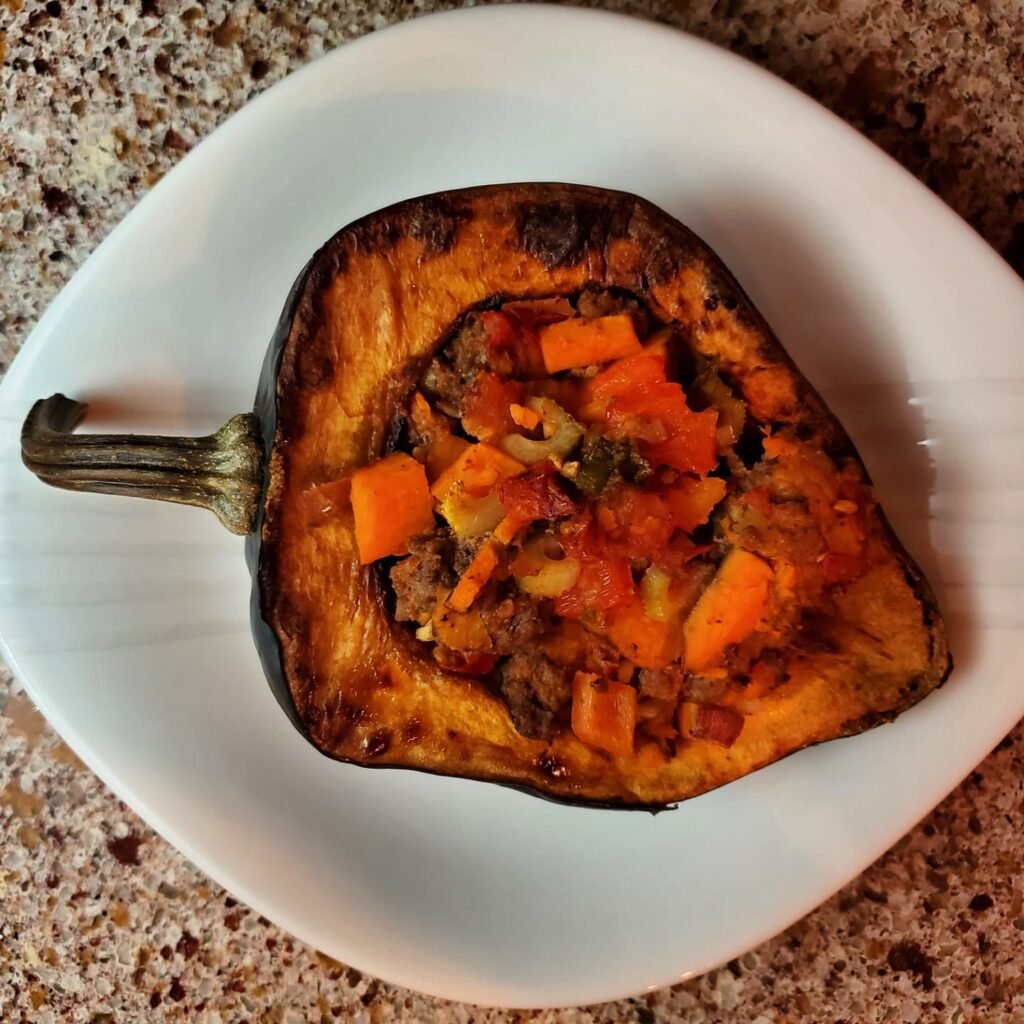
*
This content is for informational purposes only and does not substitute for formal and individualized diagnosis, prognosis, treatment, prescription, and/or dietary advice from a licensed medical professional. Do not stop or alter your current course of treatment. If pregnant or nursing, consult with a qualified provider on an individual basis. Seek immediate help if you are experiencing a medical emergency.
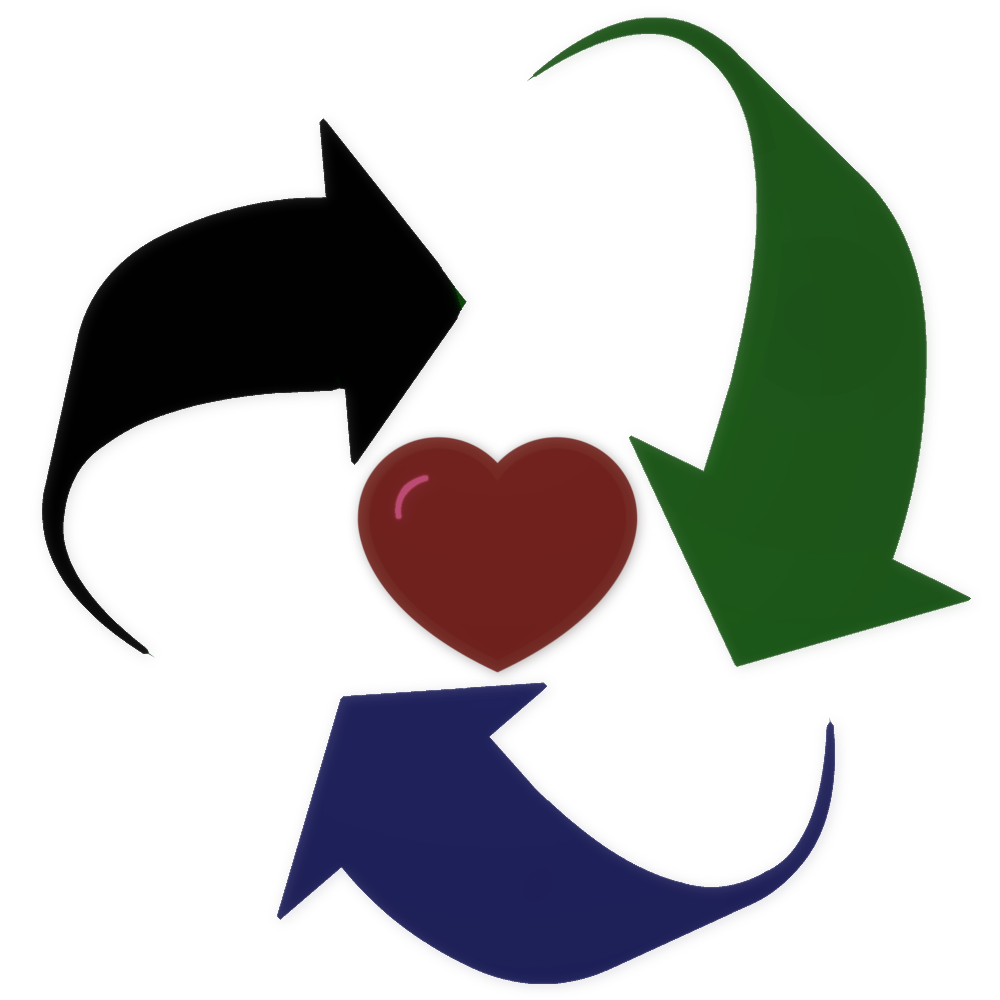
THRIFTY ♥ ENVIRONMENTAL ♥ HEALTHY